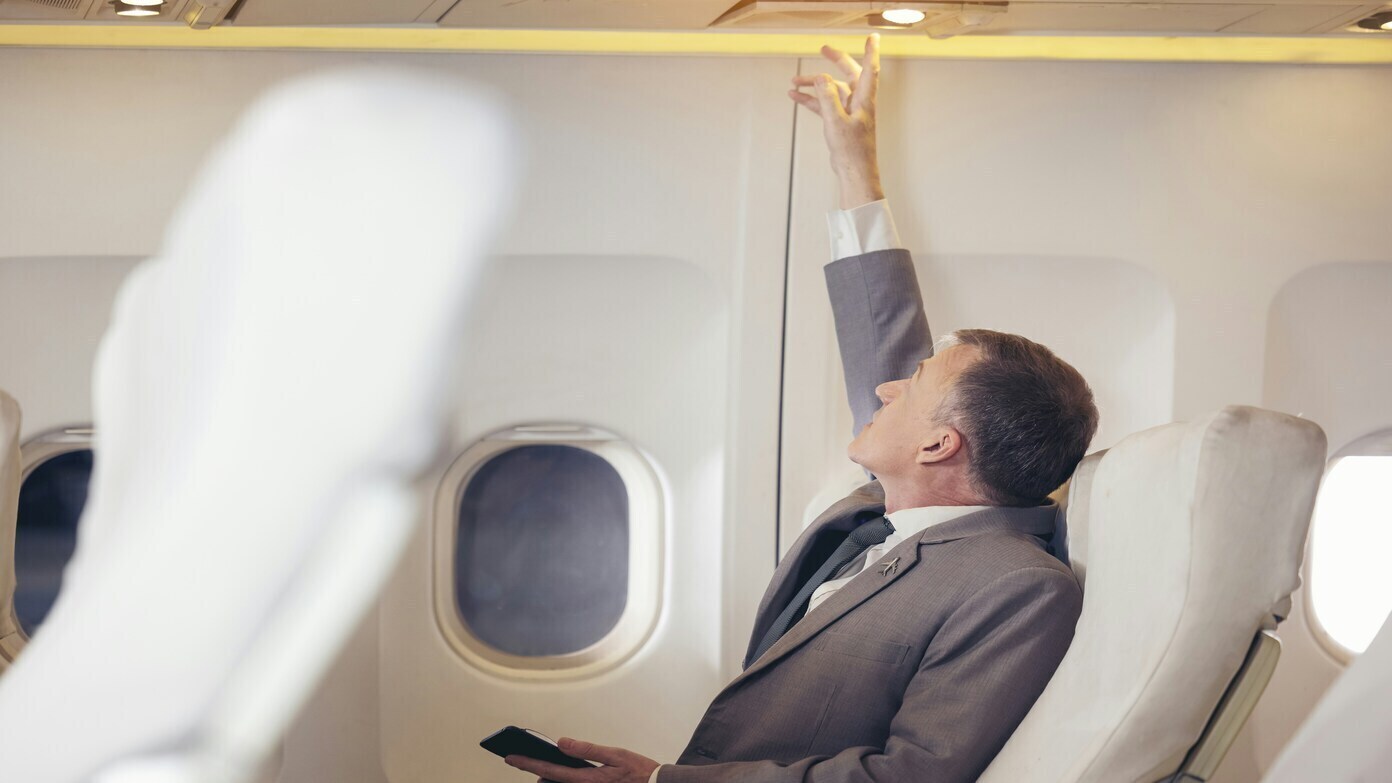Southwest Airlines is changing its policy for plus-size passengers. Starting Jan. 27, 2026, when the airline starts assigning seats, new rules will regulate how plus-size customers can receive refunds on extra seats.
Plus-size passengers urged to buy extra seats in advance
Southwest long has encouraged larger passengers to purchase a second seat so that they can be comfortable and accessible. However, the airline now requires customers to “voluntarily purchase the necessary number of seats in advance so that an additional nearby seat will be available.”
The change comes as Southwest prepares to shut down its open seating policy, which has operated for generations, and switch to assigned seating. “We are updating many of our policies as we prepare our operation, employees, and customers for assigned seating on January 27, 2026,” the airline told FOX Business.
Jeff Jenkins, owner of the plus-size travel site Chubby Diaries, was worried that this policy would add extra stress. “I just hope that consumers are being made aware of this change,” Jenkins told USA Today. “It’s just more anxiety in an already high-anxiety experience.”
New seat width information
To help travellers know if they will need a second seat, Southwest now labels the seats on its Boeing 737s by width:
- 15.5 inches at the narrowest points
- 17.8 inches at the widest points
The carrier indicates that the armrest will form the defining edge of the seat space. The measurement will help customers determine whether a single seat is enough or whether purchasing an additional seat is worth it.
How refunds will work
Customers who purchase additional seats can be refunded, but on new terms:
- At least one open seat must remain on the flight (or passengers must be travelling on space-available fares).
- Both seats must be purchased in the same fare class.
Refund requests must be made within 90 days of the flight date.
Southwest previously accommodated more when it came to refunds under its “customer of size” policy. Now, the rules will be stricter, so travellers will have to plan to ensure they meet the requirements.
What it means for passengers
The new rules will potentially make flying Southwest less reliable for larger travellers, particularly on peak flights. If a plane is filled up, there is no additional space unless it was purchased in advance. That raises issues about equity and accessibility for larger travellers.
“It’s like placing the responsibility on the customer,” Jenkins said, noting that it is possible that most travellers won’t hear about the new policy until it’s too late.
Preparing for assigned seating
This policy shift is one of several at Southwest. The airline, which has fought assigned seating for years, will completely switch to it in 2026. At the same time, Southwest is revising other operating policies, including cockpit alert systems, to improve safety.
The airline says the changes will make it easier to travel and reduce confusion for passengers. But advocacy groups worry plus-size customers will be further limited and charged extra for flights.
Bottom line
Starting January 2026, larger customers of Southwest Airlines will need to purchase additional seats upfront if they think that they will need them. Refunds would be provided only on an individual basis, and seat width measurements ranging from 15.5 to 17.8 inches will decide those.
For those tourists who enjoy Southwest’s open-seat heritage policy, this is a major change. And for those travellers who need more space, it adds another level of planning so they can be comfortable without paying extra.

